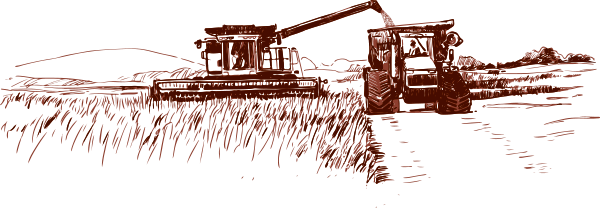The History of Molini di Voghera

Millers since 1610
We have been milling wheat since 1610. Time has taught us to select nothing but the best. Yet good quality wheat is not the only thing it takes to produce good quality flour. Premium flour requires different varieties of wheat and the skill to blend them successfully. To produce our Oltrepò Flour we choose only wheat grown by trusted producers who are able to guarantee the quality and the traceability of the raw material we work with.
Oltrepò Pavese, our precious “Km 0”; these 1,000 square kilometres of land enclosed between the regions of Emilia Romagna, Piedmont and Liguria, represent the fundamental ingredient of our unique, top quality product.
Hydrographic Map of Voghera of 1826
Hydrography of the Staffora torrent where the Molino delle Quattro Ruote was built on the banks
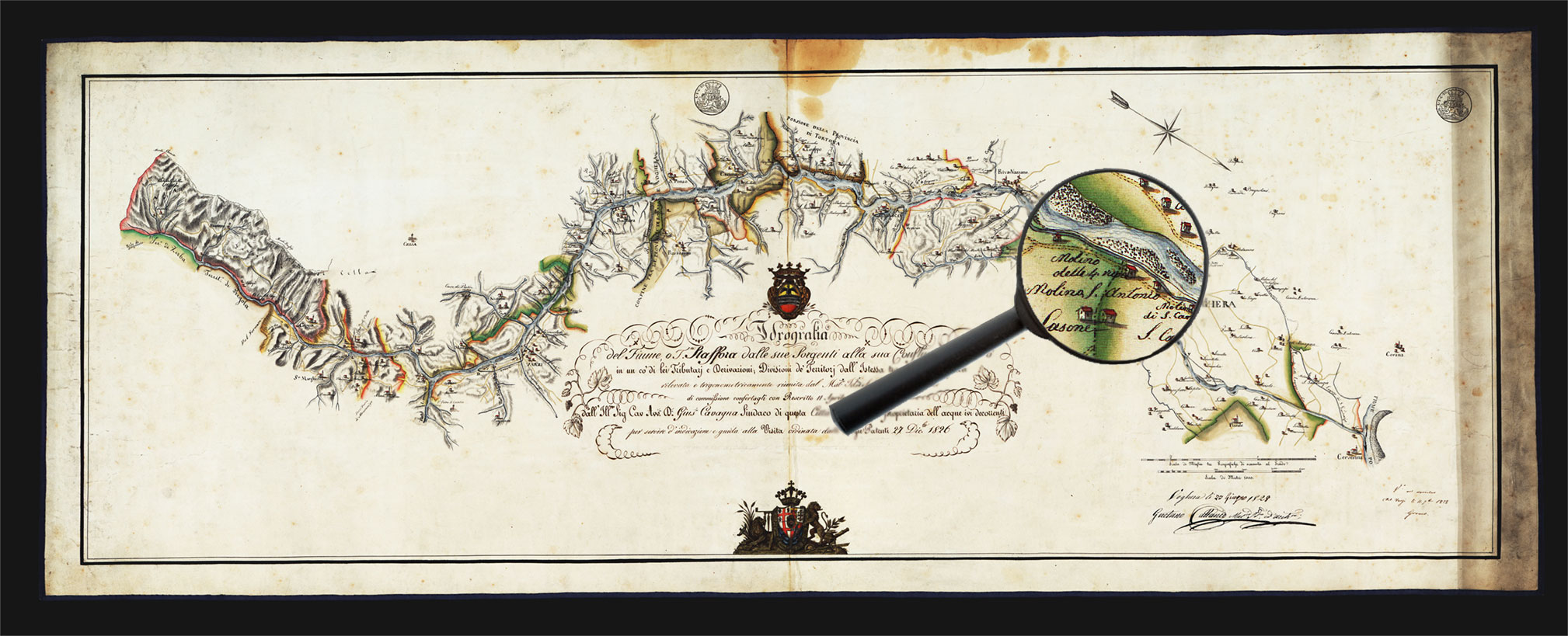
1 February 909
King Berengario I of Italy grants the parish of San Lorenzo di Voghera permission to open up a canal from the Staffora river in order to build mills that would serve the village’s economy. The new mill race is known as“dei Molini”(of the Mills) or“canale lagozzo”(Lagozzo canal). By doing so, the king officially sanctions, albeit indirectly, the jurisdiction of Voghera over the Staffora, the source of the Oltrepò area’s economic and social wellbeing.

1326 - 1327
Louis IV is crowned Holy Roman Emperor in 1328 and grants Voghera complete ownership of the waters of the Staffora river from its source to the town of Voghera, forbidding anyone from drawing water from it or obstructing its flow. Between the fifteenth and sixteenth centuries, a number of mills sprang up along the Lagozzo canal or “dei Molini” mill race, including the Molino delle Quattro Ruote (Mill with Four Wheels), in front of Casone Villani, later Casone Meardi.

7 February 1610
Philip III of Spain grants the fiefdom of Mondandone and milling licence to Giovanni Battista Rovida, investing him with the title of Count. The assets of the Rovida family are believed to include the mill “with Four Wheels”despite it not being directly mentioned as a place name in the parish. The original mill, which was later named the “Mill with Four Wheels”, only had two wheels, as set out in the agreements between the Communities of Voghera and Rivanazzano which stipulated that even during periods of drought the maximum flow in the canal should not exceed eleven ounces of water, just enough to operate no more than the two blades (a quantity that was the reason behind many a long, drawn out quarrel and much discord).
25 February 1739
Giuseppe Gallini and brothers take over the lease on the “Mill with Four Wheels”and enter into a contract with the owners, the marquises Ottavio and Antonio Rovida. The Gallini family, originally from Liguria, settle in Voghera having expanded their interests in the flourishing silk trade to include cereals, an asset in which the Po Valley is very rich.
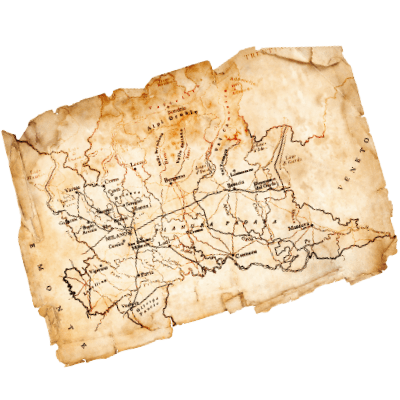
3 July 1827
The hydraulic engineer Gaetano Cattaneo creates the very first“Hydrographic map of the entire course of the Staffora River”. In the index of the following year there is a description of the mill:“The Mill with Four Wheels belonging to Carlo Zelaschi, has four wheels arranged in pairs, one pair located higher than the other. Following the shaft beyond the mill, on the left there is a sluice gate operated by a winch and chain for the purpose of conveying the waters to the Staffora, or to the San Stefano rivulet as it is known, depending on the requirements of one or the other”.
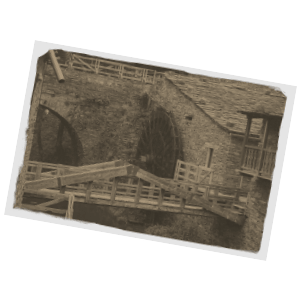
4 May 1858
Work starts on the restoration of the “Mill with Four Wheels”.
15 September 1910
An agreement is drawn up between the Municipality of Voghera and a group of local millers to build and maintain a new sluice in Valghiaia. Built by Cesare Mangiarotti, a miller from the Comunità mill, the sluice provides the water for the villages of Zancane, S. Antonio and S. Carlo during periods of drought, bringing enormous benefits for the operation of the mills located on the right bank of the river.
1914
The mill goes back to being directly managed by Antonio Francesco Zelaschi (now deceased), who reaffirms his commitment to renovating the sluice.
1936
Luigi Zelaschi replaces the original system with a modern mill equipped with millstones and an iron water wheel: the old equipment, with its wooden wheels, is slow and therefore not particularly productive and is replaced with a single, better performing cast iron wheel that uses less water. The age-old problem arising from the limited quantity of water that could be drawn allowed by the municipality of Voghera, is thus resolved. And so, along with the dismantling of the four traditional wheels, disappears one of the most significant features of our mill. Fortunately, it has retained the unforgettable name of the place to which it will always be historically linked.
15 January 1949
The Alpeggianis hand over ownership of the “Mill of the Four Wheels”to the company set up by them on the very same day with the brothers Giovanni and Luigi Bona di Trezzo Tinella, the “Società per Azioni Molino Quattro Ruote”, dedicated to the milling and selling of cereal grains.
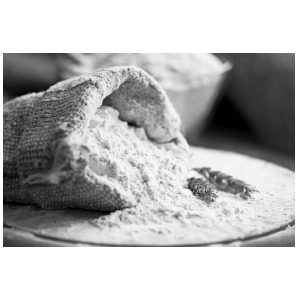

21 giugno 1954
The Bona brothers pull out of the company due to financial difficulties, leading to the establishment of a new company under the name of “Molini di Voghera SpA”. Thanks to the forward thinking approach of the Duchess De Ferrari, the majority shareholder, the mill is expanded and improved with new and more modern machines and equipment that enable it to compete in the sector. The mill becomes a unique symbol for the area and for the Staffora river, the lifeblood of the mill for the past four centuries. (Duchess Ida Novaresio De Ferrari – died in 2010).
1995
The processing plant and the building where the wheat is washed and where the flour is milled and stored are built from reinforced concrete.

2007
The new reinforced concrete silos are built, offering improved insulation for the wheat and raising the mill’s storage capacity to more than 70,000 quintals of grain divided among 60 storage compartments that make it possible to store and separate the different batches of wheat supplied by local growers.
2012
The new unit is completed, equipped with another ten 50 tonne flour bins and an automated packaging machine.
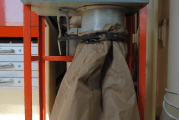
January 2014
The new logistics department comes into operation.

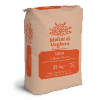
January 2011
Molini di Voghera refreshes its brand image by redesigning its logo and the packaging for its range of flours.

October 2012
Oltrepò Flours Project.
October 2016
Trial field where ancient grains are grown and rediscovered.

2017
Molini di Voghera secures supply contracts for the first time in its history.

